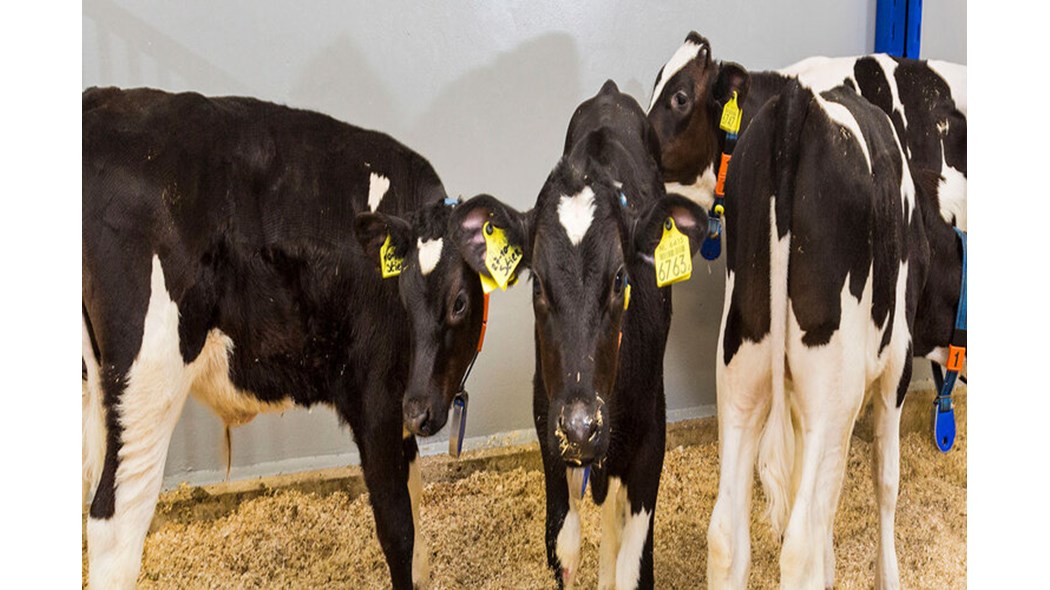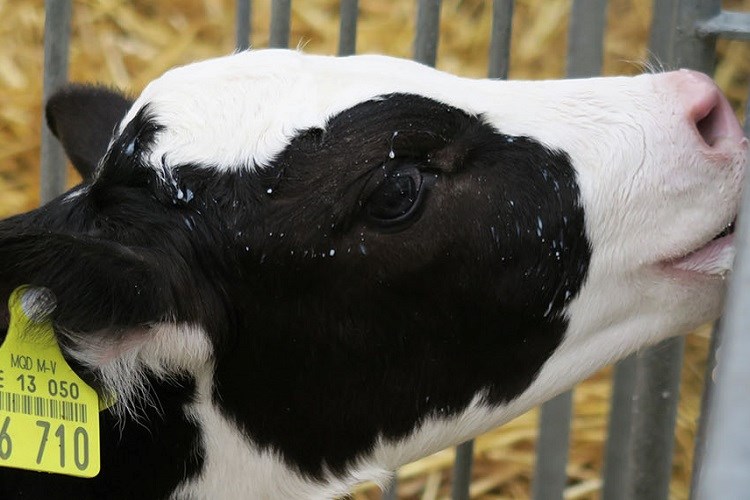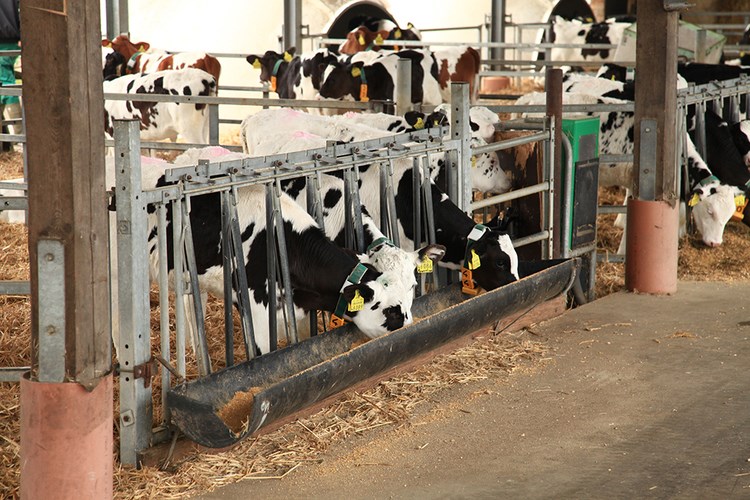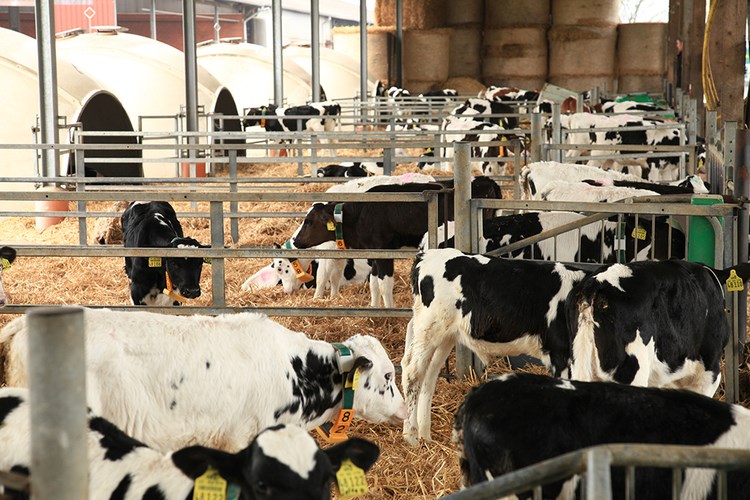Key takeaways from the research:
- Feeding calves an elevated plane of nutrition and weaning them at 8 weeks instead of at 6 weeks, ensures a higher ADG through the weaning process.
- At 2 weeks post-weaning, calves weaned at 8 weeks of age were 9.8% heavier.
- The long term growth advantages of weaning at a later age are still present at 90 and 150 days.
- Calves weaned at 8 weeks are better able to handle weaning stress than calves weaned at 6 weeks of age.

Calves fed an elevated plane of pre-weaning nutrition have less weaning stress and better growth if weaned at 8 instead of 6 weeks of age
Over the past decade, there has been a shift away from weaning calves as early as possible. Feeding calves restricted levels of milk creates weaning stress, negatively affects growth rates[1] and causes significant welfare issues[2]. Feeding calves an elevated pre-weaning plane of nutrition results in multiple benefits including improvements in health, growth rates, feed efficiency and lifetime milk production[3]. Concerns have been raised in the past that delaying solid feed intake may negatively affect post-weaning growth as well as rumen development, both before and during weaning. These concerns were addressed in a study[4] by the University of Guelph, the University of Alberta, and Trouw Nutrition R&D.
Study design
Two groups of 10 female Holstein calves were included in the study. Calves were housed in individual pens and were fed an elevated plane of nutrition from birth to weaning at either 6 or 8 weeks. Their dietary intake, growth, digestive tract development and feeding behaviour were recorded.
Results
Calves weaned at 8 weeks had higher ADG during step-down and post-weaning and were heavier at 10 weeks, compared to those weaned at 6 weeks. ADG for the 8-week group was more than double that of the 6-week group in the step-down week (0.79 kg per day vs. 0.34 kg per day) and triple that of the 6-week group in the week after weaning (1.05 kg per day vs. 0.35 kg per day). The 8-week group also weighed 9.8% more than the 6-week group at 10 weeks of age (99.9 kg vs. 91.0 kg). The differences in body weight between the two groups became bigger throughout the entire 5 months of tracking. At day 90, the calves weaned at 8 weeks weighed 127 kg vs. 118 kg for the calves weaned at 6 weeks. At d 150, the gap grew to 194 kg for the calves weaned at 8 weeks vs. 183 kg for the calves weaned at 6 weeks.
Calves in the 8-week group also handled the increase in ruminal fermentation better. They utilized βHBA more efficiently post-weaning and digested starch better, suggesting a better digestive tract development than the calves weaned at 6 weeks. Additionally, calves weaned at 8 weeks had greater starter intakes before, during and after weaning than the calves weaned at 6 weeks, providing further evidence of their smoother transition from milk to solid feed.
The calves weaned at 8 weeks also showed fewer signs of weaning stress such as vocalizations related to hunger. Additionally, rumination time was increased fourfold for the calves weaned at 8 weeks, indicating that rumen fermentation benefitted from the increase in feed intake.
Conclusion
The results show that calves weaned at 8 weeks instead of 6 weeks of age were better able to cope with the transition from milk to solid feed[5] and had higher growth rates during and after weaning which were maintained for months beyond. Secondly, weaning at 8 weeks of age has a positive impact on animal welfare.
References
[1] Noller, C.H., Dickson, I.A., and Hill, D.L., 1962. Value of hay and rumen inoculation in an early weaning system in dairy calves. J. Dairy Sci., 45: 197-201.; Winter, K.A., 1985. Comparative performance and digestibility in dairy calves weaned at three, five and seven weeks of age. Can. J. Anim. Sci. 65: 445-450; Kertz, A.F., Prewitt, L.R., and Everett, J.P. Jr., 1979. An early weaning calf programme. J. Dairy Sci. 62: 1835-1843
[2] Khan, M.A., Weary, D.M. and von Keyserlingk, M.A.G., 2011. Effects of milk ration on solid feed intake, weaning, and performance in dairy heifers. J. Dairy Sci. 94: 1071-1081.
[3] Soberon, F., Raffrenato, E., Everett, R.W., and Van Amburgh, M.E., 2012. Preweaning milk replacer intake and effects on long-term productivity of dairy calves. J. Dairy Sci. 95: 783-793.
[4] Eckert, E., Brown, H.E., Leslie, K.E., DeVries, T.J., and Steele, M.A., 2015. Weaning age affects growth, feed intake, gastrointestinal development, and behavior in Holstein calves fed an elevated plane of nutrition during the preweaning stage. J. Dairy Sci. 98: 6315-6326.



